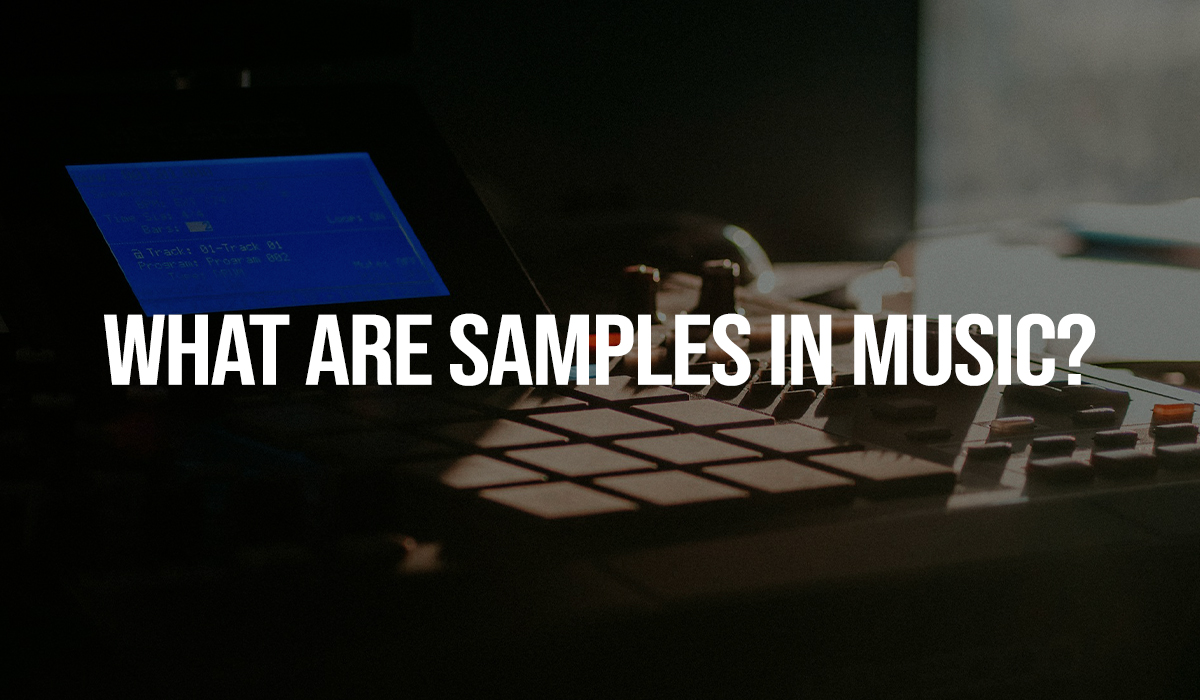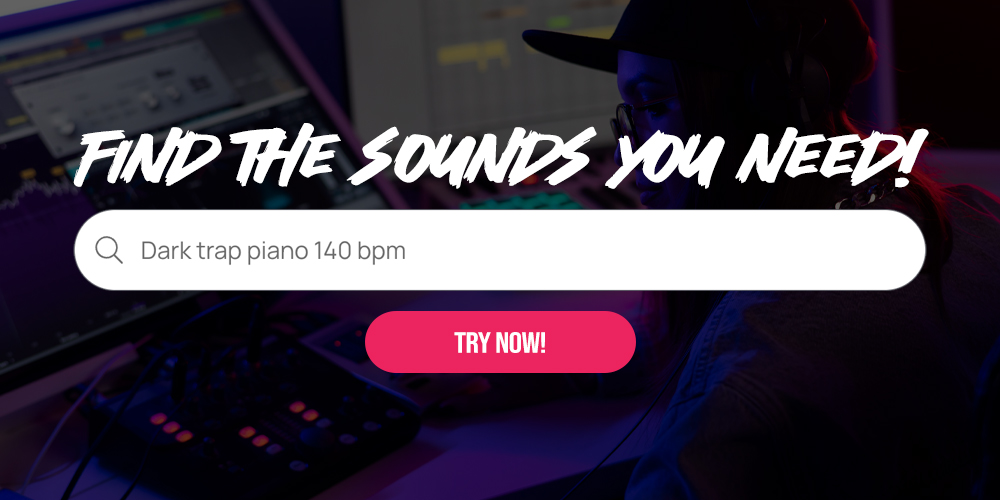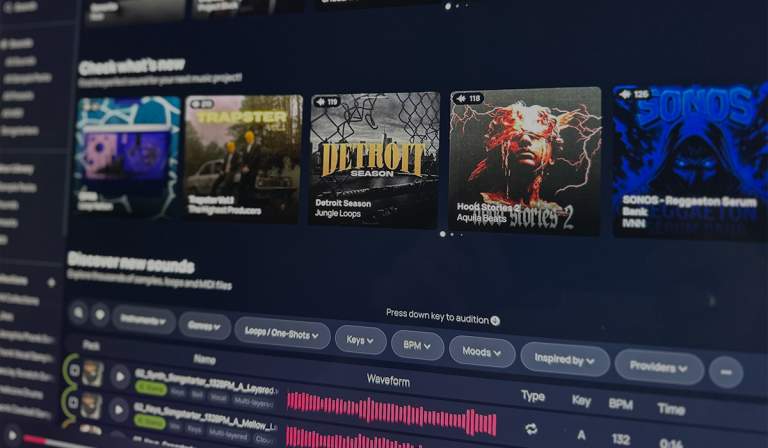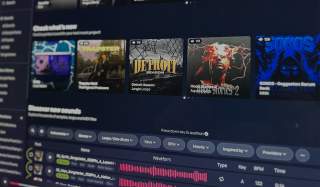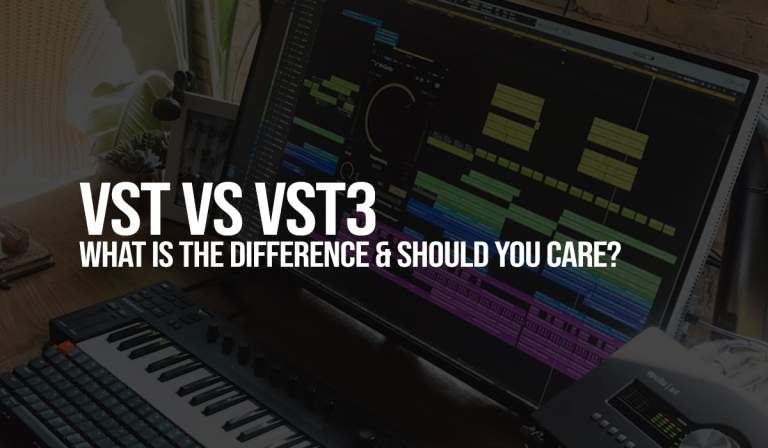Ever wondered how those incredible sounds in your favorite songs are made? This article explores the fascinating world of music sampling – from its historical beginnings to various techniques for creating unique sounds, and the latest tools and software available. You’ll also discover the legal aspects of using samples and how artists creatively incorporate them into their compositions. Finally, we will look at the future of sampling and its potential developments. Get ready for a journey full of inspiration and practical tips to help you understand and use samples in music like a pro.
Table of contents:
- The History of Sampling in Music
- Sampling Techniques: Creating Unique Sounds
- Popular Tools and Software for Sampling
- Legal Aspects of Using Samples in Music
- Creative Use of Samples: Inspirations and Examples
- Modern Sampling Platforms: Slooply.com
- The Future of Sampling: Trends and Predictions
- Frequently Asked Questions
The History of Sampling in Music

Sampling is a technique that has revolutionized the music world. It began in the 1960s when artists started experimenting with recorded sounds. One of the pioneers was Pierre Schaeffer, who introduced the concept of “musique concrète.” In the 1970s and 80s, sampling gained popularity thanks to artists like Grandmaster Flash and Afrika Bambaataa, who used samples in their hip-hop tracks. This period marked the integration of sampling into hip-hop culture.
Key moments in the history of sampling include the release of “Rapper’s Delight” by Sugarhill Gang in 1979, which sampled Chic’s “Good Times.” Another milestone was the 1989 release of Beastie Boys’ album “Paul’s Boutique,” which featured over 100 different samples. Tracks like Public Enemy’s “Fight the Power” and M.I.A.’s “Paper Planes” also revolutionized the use of samples.
A notable example of early sampling is DJ Shadow’s 1996 album “Endtroducing…..,” made entirely from samples. Sampling not only changed music production but also opened new creative possibilities for artists, allowing them to reuse existing sounds innovatively.
Sampling Techniques: Creating Unique Sounds
Sampling is an art that allows creating unique sounds by reusing existing audio. Several techniques can help achieve distinct effects. Looping involves repeating a short sound fragment to create a hypnotic rhythm. Pitch shifting changes the pitch of a sound, allowing it to fit the song’s key. Time stretching, on the other hand, changes the tempo without affecting the pitch, ideal for remixing.
These techniques significantly impact the final sound of a track. For example, “Amen Brother” by The Winstons uses looping to create a distinctive rhythm, foundational to many music genres. Pitch shifting is evident in Cher’s “Believe,” where vocal pitch changes give the song its unique character. Time stretching is often used in electronic music, like in Aphex Twin’s tracks, to manipulate tempo and create complex, layered compositions.
To experiment with samples, start with basic tools available in most music production software. Looping can be easily done by selecting and repeating a short sound fragment. Pitch shifting and time stretching require more practice but can be mastered over time, allowing the creation of unique sounds. Remember, creativity and experimentation are key in music production.
Popular Tools and Software for Sampling
Sampling has become an integral part of the music production process. Choosing the right tools and software can greatly impact the quality and efficiency of your work.
Here are some of the most commonly used sampling tools, their features, advantages, and disadvantages:
- Ableton Live – Popular among music producers, Ableton Live offers features like sample layering, automation, and audio effects. Its intuitive interface is user-friendly for both beginners and advanced users. However, it is relatively expensive.
- FL Studio – Known for its ease of use and versatility, FL Studio allows beat creation, mixing, and mastering. It is affordable and offers a rich sample library. However, it may have fewer advanced features compared to other programs.
- Logic Pro X – Favored by Mac users, Logic Pro X provides advanced features like a sample editor, audio effects, and mixing tools. It offers high sound quality and a wide range of functions but can have a complex interface that may be challenging for beginners.
For beginners, FL Studio might be the best choice due to its user-friendly interface and affordability. Advanced producers might prefer Ableton Live or Logic Pro X for their advanced features and greater control over the creative process.
Legal Aspects of Using Samples in Music
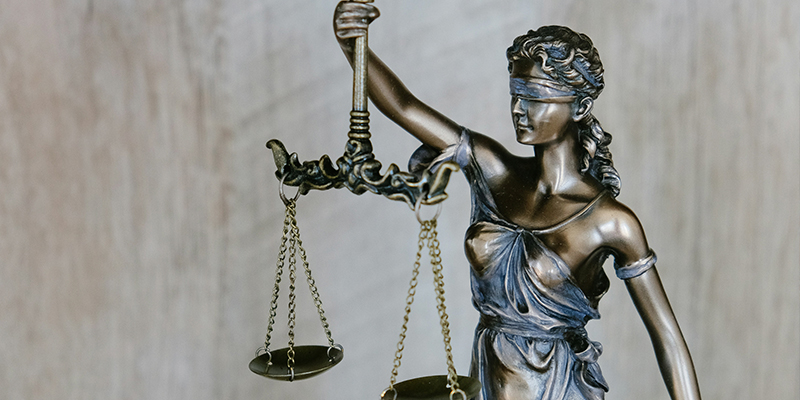
In the music world, the legal aspects of using samples can be complex. To avoid problems, it is important to understand the legalities of sampling. Primarily, each use of a sample requires obtaining the appropriate license. These licenses can vary depending on whether the sample comes from commercial songs or less-known sources.
Obtaining a sample license is crucial. This process usually involves contacting the copyright owner and negotiating usage terms. It’s also essential to be aware of notable legal cases, such as The Verve vs. The Rolling Stones, where unauthorized sample use led to significant legal consequences. Always ensure you have the necessary permissions and licenses to avoid legal issues.
To avoid legal troubles, always verify you have the appropriate licenses and permissions. Consider using legal services specializing in copyright law to ensure compliance with regulations.
Creative Use of Samples: Inspirations and Examples
In the music industry, samples are a tool that allows artists to create unique tracks. Many creators use samples in surprising and inspiring ways. For example, Kanye West is known for transforming classic songs into modern hits by adding his unique sound. Samples can come from various sources – from old jazz recordings to natural sounds, offering limitless creative possibilities.
One of the most innovative uses of samples is in electronic music. Artists like Daft Punk and The Chemical Brothers often use unusual sounds, transforming them into energetic tracks. Stories of artists who succeeded with samples show that creativity and experimentation are key. To find your style in sampling, experiment with different sound sources and don’t be afraid to break conventions.
In summary, creative sampling can lead to unique tracks. The key is to experiment and be bold in seeking new sounds. Samples give every artist the chance to express their unique vision and surprise listeners with something completely new.
Modern Sampling Platforms: Slooply.com
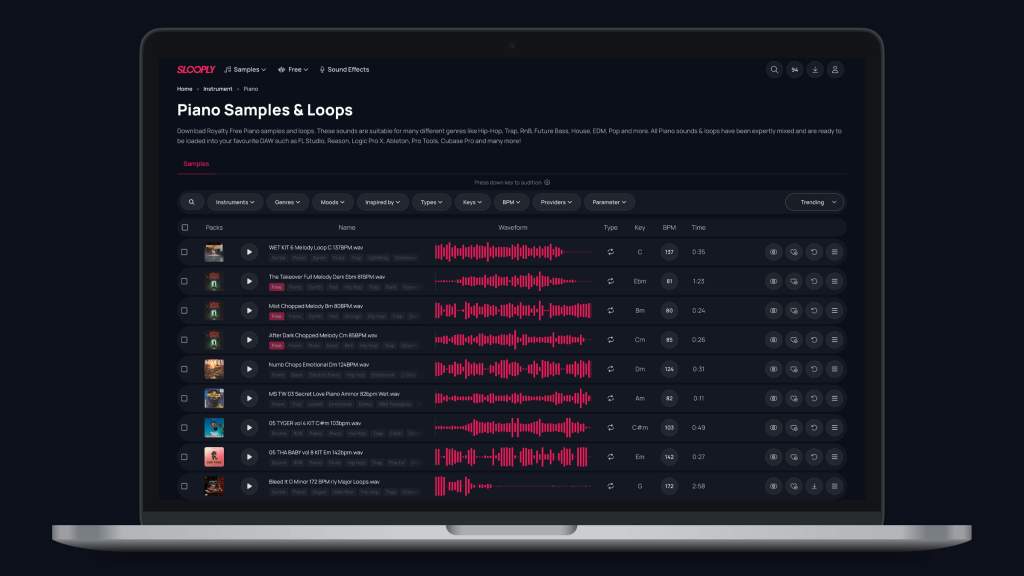
For those looking for a modern solution to find samples, Slooply.com is a cutting-edge platform worth exploring. It offers a cloud-based library with millions of categorized samples, making it easy to find the perfect sound for your project. With Slooply.com, there’s no need to dig through vinyl records or use turntables to find the ideal sample. This platform streamlines the process, providing access to a vast array of high-quality sounds right at your fingertips.
The Future of Sampling: Trends and Predictions
Sampling is becoming increasingly popular in the music world, and new technologies are opening endless possibilities for artists. Currently, several key trends are shaping the future of this technique. Artificial intelligence (AI) and machine learning are starting to play a significant role in music creation, allowing artists to automate and personalize samples on an unprecedented scale.
Future predictions for sampling point to further development of these technologies. Experts believe AI algorithms will be able to analyze and create unique sounds perfectly tailored to an artist’s style and needs. The introduction of blockchain in music could also revolutionize how copyrights are managed, giving creators greater control over their work.
- AI and machine learning in sampling.
- Development of AI algorithms to create unique sounds.
- Introduction of blockchain for managing copyrights.
New technologies have great potential to influence the development of sampling. Experts agree that the future of this technique will be full of innovations and surprises. Thanks to AI and blockchain, artists will be able to create more complex and original tracks while protecting their copyrights more effectively than ever before.
Frequently Asked Questions
What are the differences between sampling and remixing?
Sampling involves taking fragments of existing recordings and using them in new tracks, while remixing involves reworking an entire track, often adding new elements or changing the original structure.
Is sampling legal if I don’t make money from the music?
Using samples without the appropriate license is illegal, regardless of whether you make money from the music. Always obtain permission from the copyright owner.
How can I find high-quality samples for my music?
High-quality samples can be found on various online platforms like Slooply, r-loops, and Producershop. Consider creating your own samples by recording sounds from your surroundings.
Are there free sampling tools available?
Yes, there are free sampling tools like Audacity that offer basic audio editing functions. Other free options include Tracktion T7 and Cakewalk by BandLab.
What are the most common mistakes beginners make in sampling?
Common mistakes include not obtaining licenses for samples, overusing effects, lacking originality, and not properly matching the tempo and key of samples to the rest of the track.




